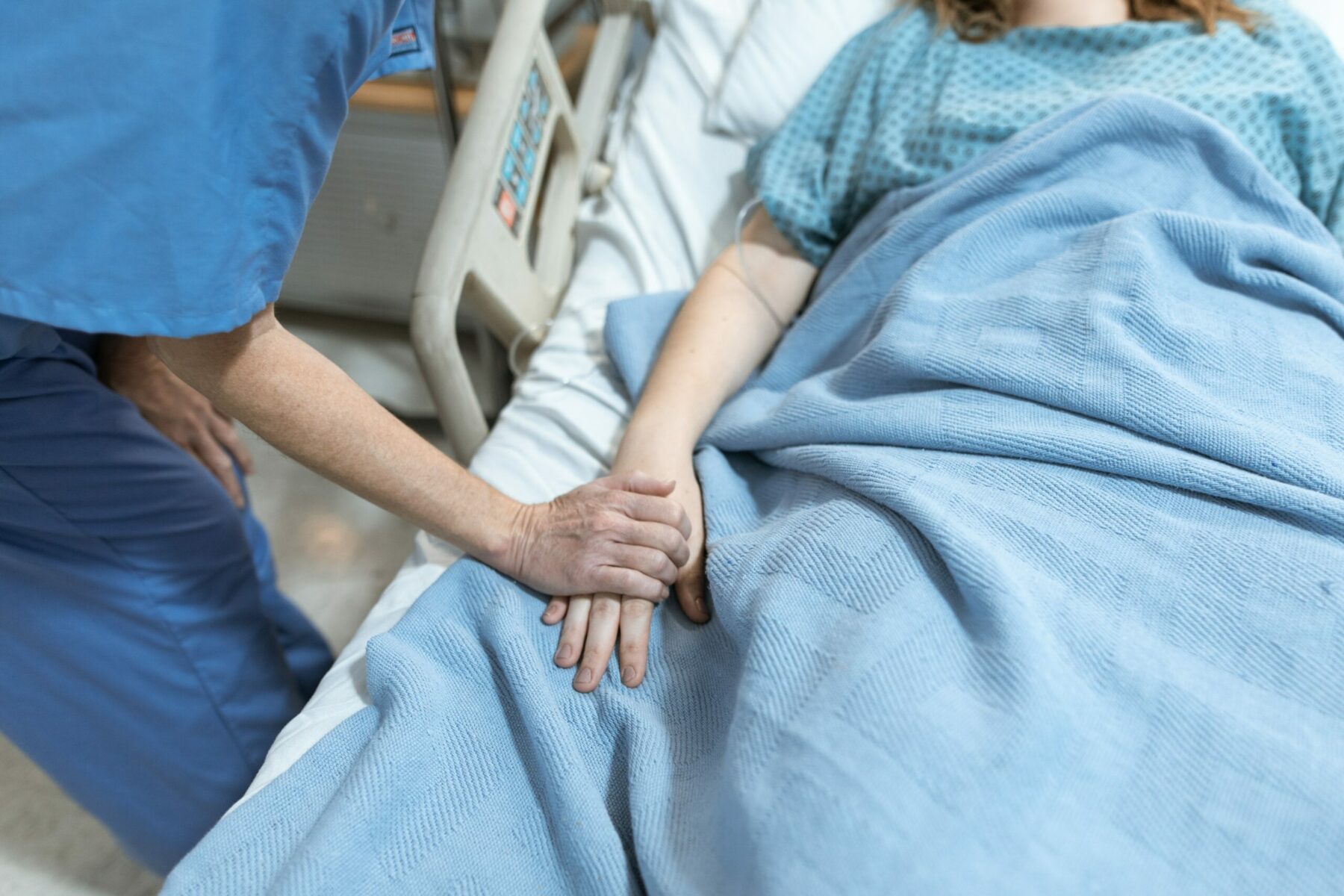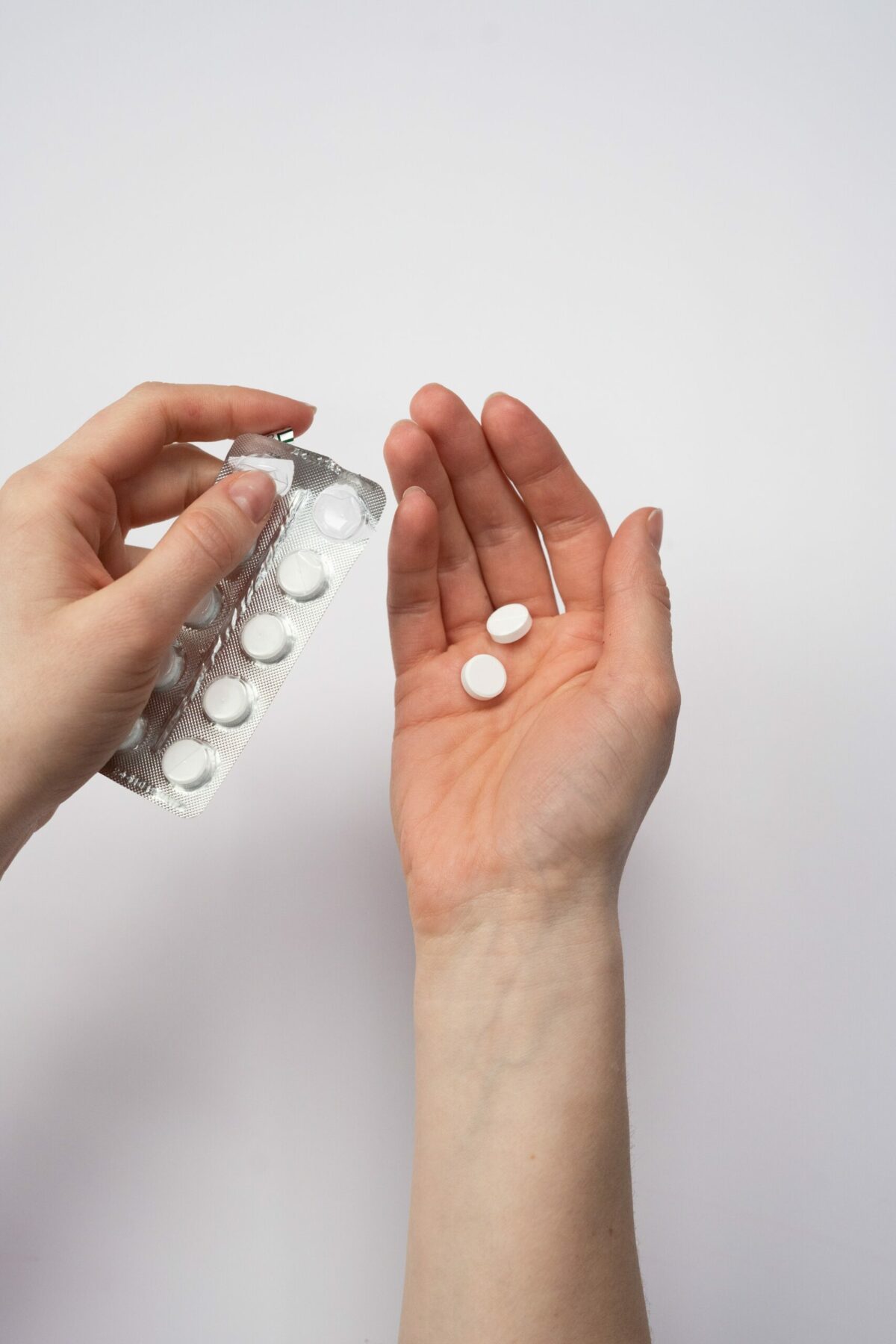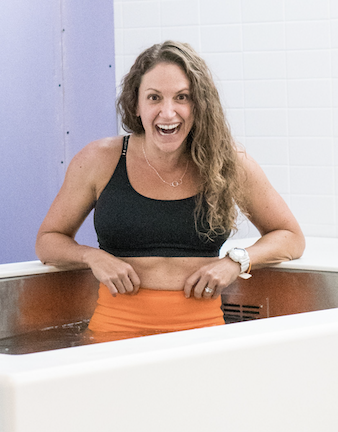Recovery From Surgery: Everything You Wanted to Know But Didn’t Ask

Regardless of whether or not the surgery is planned, if you are having surgery, you may be interested in learning how you can heal and return to work and the gym faster. Overall, recovering from surgery is a fairly straightforward process of following your surgeon’s discharge instructions and a few other tips I’ll share below.
Obviously, it depends on the type of surgery, but there are some general guidelines on how to best recover from surgery and be the patient who heals quickly, easily and faster than predicted:
1. Follow Your Healthcare Provider’s Instructions

Whether these instructions come from your surgeon or physical therapist, follow them verbatim. Some patients only follow the instructions they think are meaningful and disregard the ones they don’t like or don’t feel apply to them. If your healthcare provider says showers only, or no swimming or lifting anything heavier than 10 pounds for the first few weeks, there is a good reason for this. If you have questions about any instructions, please ask! We are always willing to help and provide explanations and guidance.
2. Prevent Infection and Care for Incision
Preventing infection is one of the most important things you can do to have an excellent recovery outcome. Washing your hands before touching your incision is one of the easiest and most important things to improve your recovery journey.
Looking at your incision may not be your favorite thing to do, but it is important to examine it several times a day. Some procedures make this task difficult, but you can use a mirror or ask a loved one to help you inspect.
Is your incision pink or red? Is there wound drainage? If so, what color is it? Are the stitches or staples intact? These questions are important, and looking at your incision several times a day will help you determine if your surgical site is healing or has become infected.
Surprisingly, in some cases, patients clean their incisions too much. They scrub their incision and remove scabs that form, or they use alcohol or peroxide to keep the area free of germs. Unless your surgeon specifically instructs you to do those things, a gentle wash with soap and water is more than adequate.
It may not be pretty, but it is normal to scab on your surgical staples. Removing them could actually slow down healing.
Soaking your incision to keep it clean can also be harmful because it can weaken the incision line. Many surgeons recommend showers instead of baths following surgery and often forbid swimming during the early stages of recovery because of this.
3. Keep Your Follow-Up Appointments
You will be surprised to hear that many patients do not keep all of their follow-up appointments. If you are feeling good and your wound is healing well, an appointment may seem like an unneeded expense and waste of time — but nothing could be further from the truth.
Your healthcare provider will ask how you feel and if your incision is healing well, but they will be looking for additional things you may not consider or cannot see, especially if your incision isn’t visible.
They may do follow-up blood work, look for signs of infection or want to make sure your condition has been adequately treated by the surgery. They may also adjust your medications in the weeks following surgery.
4. Drink and Eat Properly
Many people don’t feel like eating after having surgery. They are nauseated, constipated or just not hungry.
Staying hydrated and eating a healthy diet after surgery can help promote healing, minimize complications and help you get past some side effects of anesthesia.
It is hard to heal if your body doesn’t have the fuel it needs to get better.
5. Know When to Go to the ER
Are your symptoms normal or a sign of an emergency? The general answer is this: if you are seriously concerned, then you should call your healthcare provider or go to an ER.
In general, if you are bleeding, having trouble breathing, can’t keep food/water down, cannot urinate or have obvious signs of infection, you need to see a healthcare provider immediately. Sometimes, the quickest way to do this is by going to the ER. Don’t delay! If you are concerned or anything seems out of the ordinary, don’t take the chance. Go to the ER!
6. Control Your Pain

Keeping your pain under control is important after surgery. Some patients hesitate to take their pain medication as prescribed because they fear addiction. Others feel that taking pain medication is a sign of weakness, or they dislike the feeling when they take prescription drugs.
However, if you are in too much pain to cough, you are at risk for pneumonia. If you are in too much pain to walk, you are at risk for blood clots and pneumonia.
Keeping your pain at a tolerable level (zero pain may be an unreasonable goal) will help you keep moving and speed up the healing process. Just make sure to drink ample fluids along with pain medications, as they can lead to dehydration and constipation.
It is often easier to control pain if you take the medication regularly, as prescribed. Waiting until the pain is severe to take pain medication results in a long wait for the drug to take effect.
It is better to keep the pain under control at a tolerable level rather than waiting until it is severe and waiting for relief. Good pain control makes it easier to sleep, which also promotes healing.
7. Get Moving
Walking after surgery is one of the most important things you can do after a procedure. It may seem like a simple thing, but a quick walk every hour or two can help prevent serious complications like deep vein thrombosis (DVT) and pneumonia.
Walking can also help prevent one common and annoying side effect of anesthesia — constipation. Walking is a gentle way to return to physical activity.
Talk to your surgeon about when you can return to more strenuous activities, such as running and contact sports. Swimming should wait until your wound is completely closed.
About the Author

Jessica Tranchina, PT, DPT, is a co-founder of Generator Athlete Lab and has been an athlete her whole life. As the creator of the Generator Method, Tranchina works to help guide others to better performance and recovery and is passionate about bringing the active community of Austin together from all fitness levels and athletic backgrounds. She is the owner of PRIMO Performance and Rehabilitation, which started in Austin in 2010, where her expertise and unique skill set have been established as one of the best in her field. NASM-CPT, ART Certified Provider, CKTP.






